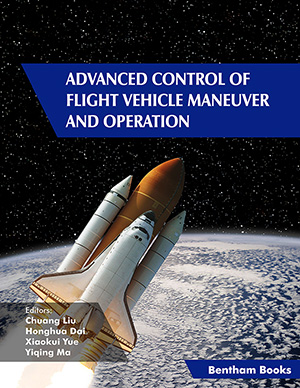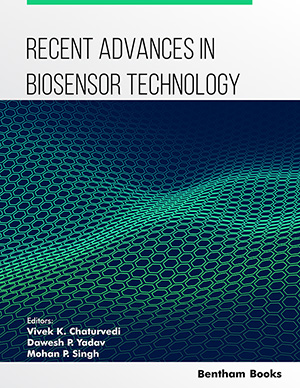Abstract
Nitrogen (N) and Phosphorus (P) in the wastewater are economical nutrient sources for algae growth. N and P can be assimilated into biomass. The mechanisms of N and P utilization by microalgae was discussed in this chapter. Diverse reactor configurations used for wastewater treatment and algae cultivation were developed to improve the biomass productivity and their settling ability. Enhanced algal-prokaryotic wastewater treatment systems are being designed to improve the wastewater treatment efficiency. A case study of a concentrated animal feeding operation (CAFO) integrating algae cultivation and anaerobic digestion indicated most N ad P are recycled in the form of biomass. The fixation of CO2 by microalgae can be the alternative methods for the CO2 mitigation. The CO2 mitigation rate is affected by the mass transfer and biomass assimilation. Flue gas can be used to reduce the cost of source gases and mitigate greenhouse gases emission. Membrane sparging systems provide fine bubbles and way higher mass transfer efficiency than airlift reactors. Design that improves light penetration should be considered for the scale-up of the complex membrane sparging systems.
Keywords: CO2 capture, Nutrient removal and recycling, Reactor configuration, Use of biomass, Wastewater treatment, Greenhouse gases emission.

















